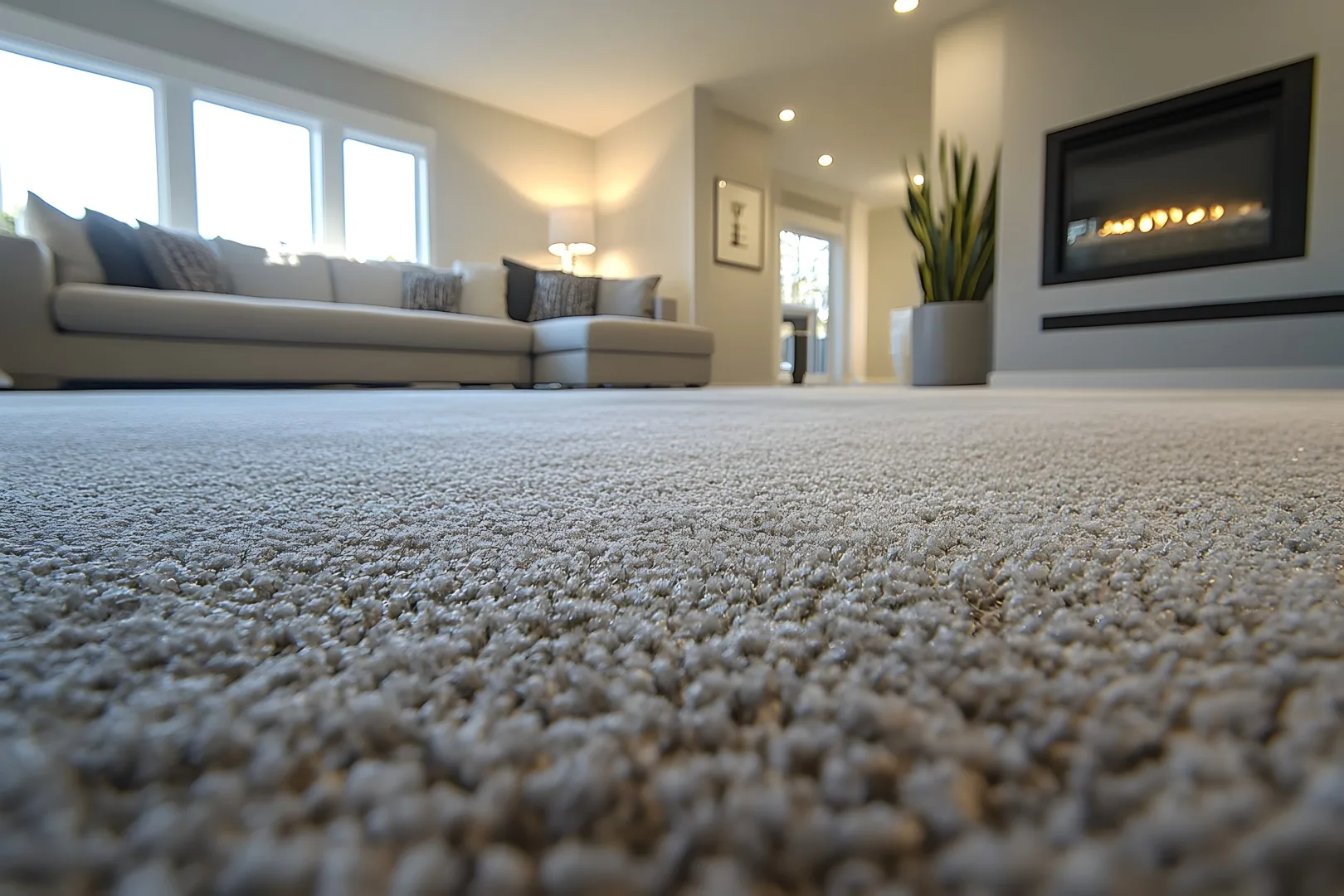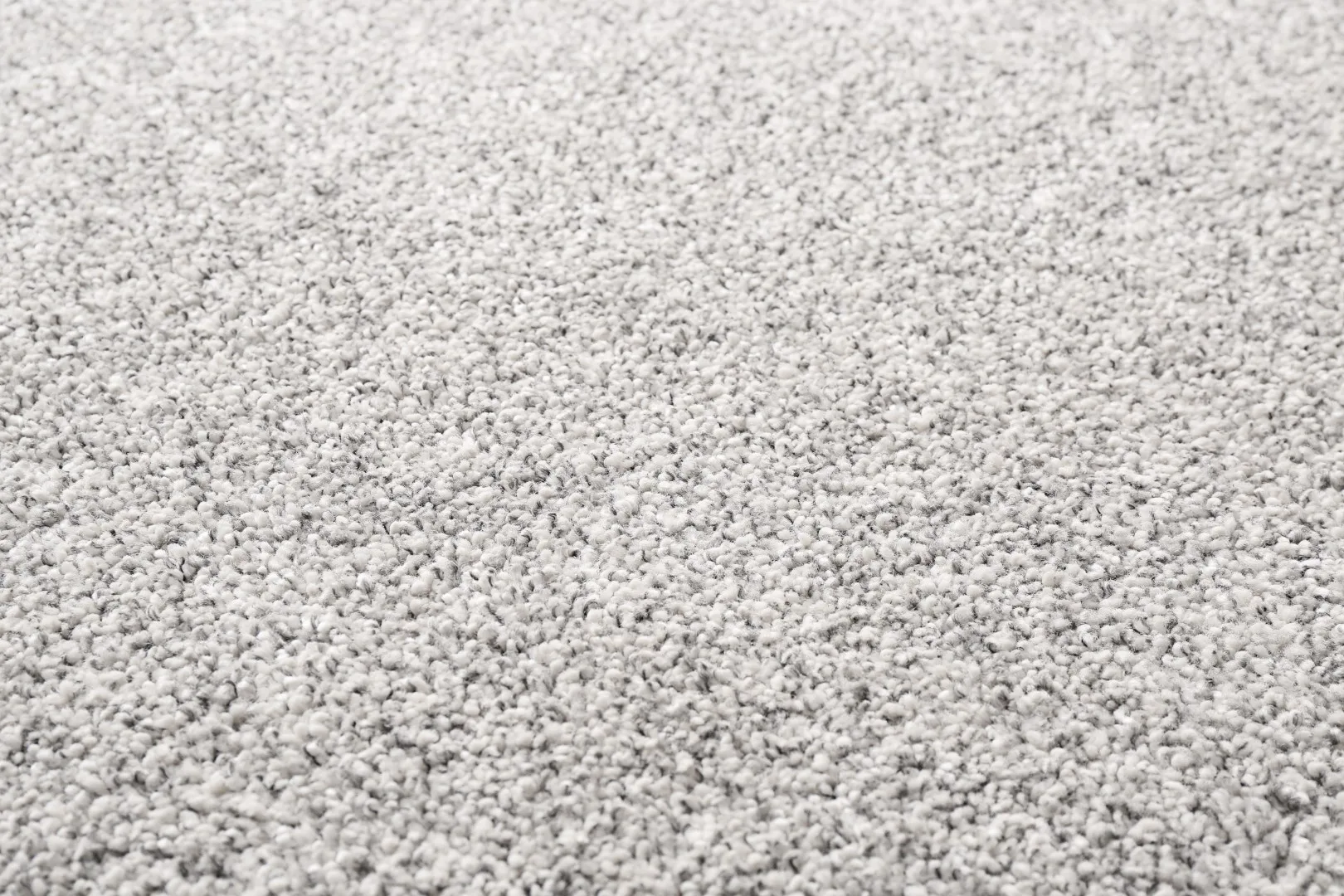
Carpet brings warmth, comfort, and style to your home. But it can also harbor invisible threats to your health. If you or your family are experiencing unexplained allergies, asthma flare-ups, or respiratory discomfort, your carpet may be to blame. Let’s uncover the hidden allergens that could be lurking underfoot and what you can do about them.
The Allergen Trap Beneath Your Feet
Carpets act like sponges, collecting dust, debris, and microscopic particles. These pollutants settle deep into the fibers, accumulate over time, and become a breeding ground for allergens, bacteria, and even mold. As you walk around, these particles get stirred up and released back into the air, reducing indoor air quality and increasing the risk of respiratory issues.
Common Carpet Allergens to Watch Out For
Dust Mites — These tiny pests thrive in warm, humid environments and feed on dead skin cells. They’re one of the most common indoor allergens and can trigger sneezing, coughing, and itchy eyes. They may also cause skin rashes and exacerbate conditions like Athlete’s foot and eczema.
Pet Dander — Even if you vacuum regularly or no longer have a pet, their hair and dander can become embedded in your carpet. This can be especially problematic for those with pet allergies.
Pollen — Outdoor allergens like pollen can make their way indoors on your shoes, clothing, bags, and pets — then settle into your carpet and continue to affect indoor air quality.
Mold and Mildew — Spills, high humidity, or unnoticed water leaks can lead to damp carpet padding — creating the perfect environment for mold and mildew to thrive.
Volatile Organic Compounds (VOCs) — New carpets, or even the glue used to install them, can release VOCs — chemicals that may cause headaches, nausea, or respiratory irritation. Always air out a room for 72 hours after installing new carpet.
Older carpets not well-maintained and high-pile carpets can trap more allergens than low-pile and newer carpets.
How to Protect Your Health
If you are experiencing the following issues, your carpet may be to blame:

- Itchy, watery eyes
- Sneezing
- Itchy, running nose
- Irritated throat
- Itchy red skin
- Hives
- Coughing and wheezing
- Shortness of breath and trouble breathing
- Feeling pressure in your chest
- Weakened immune system
- Musty or damp odors in carpeted rooms
To protect your family’s health and remove allergens, take the following steps:
Schedule a Professional Carpet Cleaning — Routine deep cleanings help remove built-up allergens, bacteria, and debris that regular vacuuming can’t pick up. Hot water extraction, steam cleaning, and eco-friendly treatments are especially effective for allergy prevention. Schedule a professional cleaning at least once a year, or as needed to keep up on pet dander.
Vacuum with a HEPA Filter — High-efficiency particulate (HEPA) filters trap fine particles and allergens instead of releasing them back into the air. Vacuum at least once a week, or more frequently if you have pets. If your carpet hasn’t been cleaned in a while, consider wearing a mask to protect your lungs while vacuuming.
Address Spills Immediately — Moisture is the biggest enemy of healthy carpets. Clean any spills quickly and ensure the area dries thoroughly to prevent mold growth. Consider using a fan or placing a dry towel on the area to speed up drying time.
Consider an Allergy-Friendly Flooring Option — If you or a family member suffers from severe allergies, consider switching to hard flooring, like tile, vinyl, or hardwood, or low-pile, hypoallergenic, or synthetic carpet, which can help with allergy symptoms. Stay away from natural fibers, such as wool, which can trigger allergies, especially in sensitive individuals.
If you want the warmth and comfort of carpet without the hassle, consider area rugs, which can be removed and cleaned more easily than wall-to-wall carpet.
Implement Preventive Measures — Establish a “no shoes” policy and use entrance mats to minimize the amount of dirt and allergens tracked indoors, and use air purifiers with HEPA filters to capture airborne allergens. Use dehumidifiers, fix leaks, and ensure you have proper ventilation throughout your home to keep moisture from seeping into your carpet.

Your Carpet May Be the Reason for Your Allergies
Your carpet may look clean on the surface, but hidden allergens like dust mites, pet dander, mold, and pollen may be affecting your health. If you or your family members are experiencing unexplained allergy symptoms, worsening asthma, or general respiratory issues, you may need to take a closer look at your carpet. Don’t wait until symptoms get worse — invest in a cleaner, healthier living space today. Your lungs (and your carpet) will thank you.
